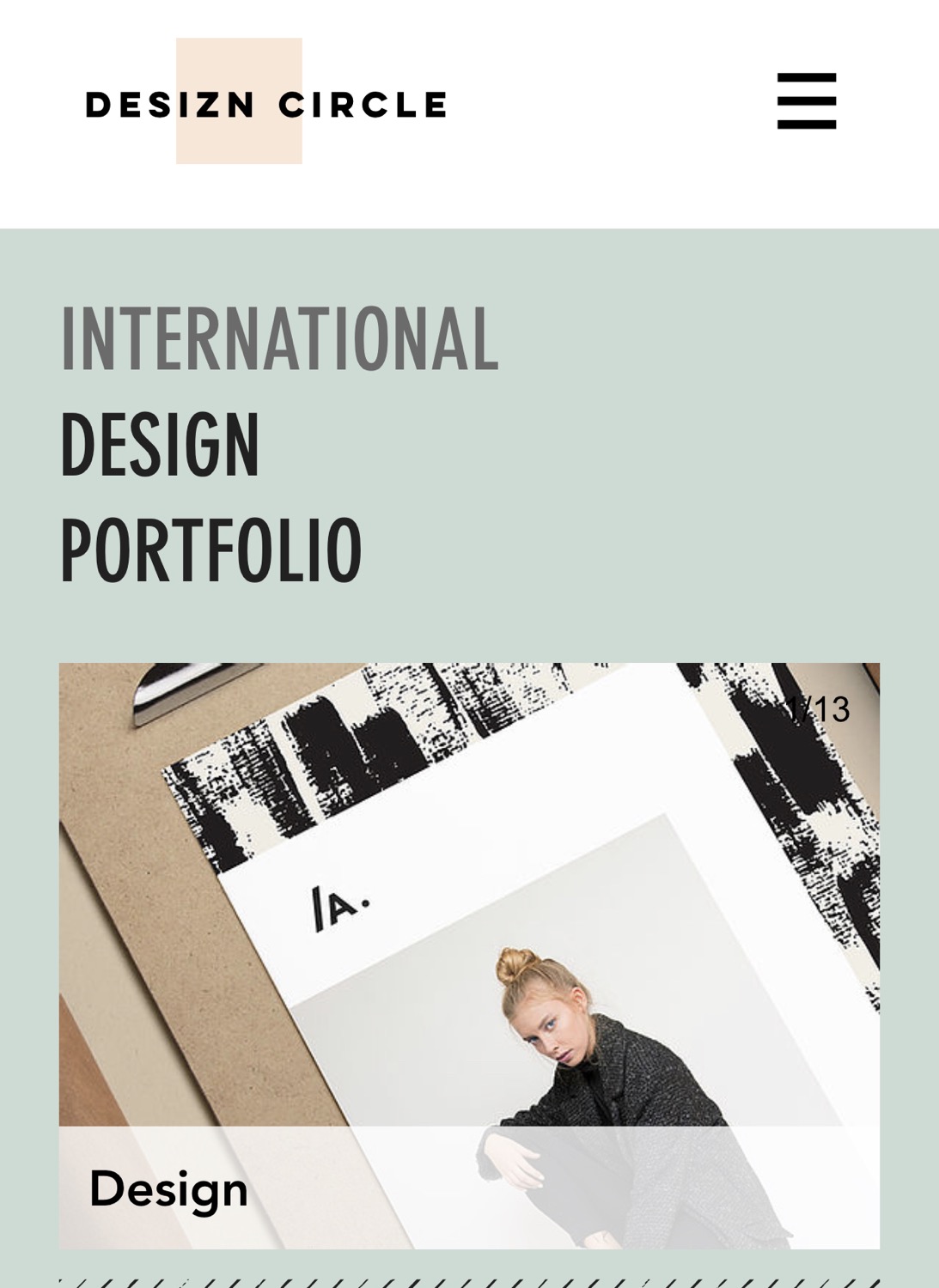What's NIFT Situation test
- desizn circle International

- Mar 20, 2024
- 2 min read
The Situation Test is a component of the entrance exam for admission to the National Institute of Fashion Technology (NIFT) in India. It is a hands-on test that evaluates a candidate’s ability to take a concept and create a three-dimensional object using provided materials within a specified timeframe.
The Situation Test is designed to test a candidate’s creativity, innovation, and problem-solving skills. It is conducted after the written test and is usually held in April or May.
During the Situation Test, candidates are given a specific theme or problem to solve and a set of materials to work with, such as paper, cardboard, fabric, or clay. They are then required to create a three-dimensional object based on the given theme or problem within a specified time frame.
The test is evaluated based on a set of criteria, such as creativity, innovation, functionality, use of materials, and overall presentation. The final score of the Situation Test is combined with the scores of the written test to determine a candidate’s overall rank in the entrance exam.

Students preparing for NIFT situation test
Preparing for the NIFT Situation Test requires a combination of creativity, innovation, and practical skills. Here are some tips to help you prepare for the test:
Develop your creativity: The Situation Test evaluates your creativity and ability to think outside the box. Practice brainstorming and coming up with unique ideas for design projects.
Learn different techniques: Experiment with different techniques for working with materials, such as cutting, folding, and sewing. Practice working with materials such as paper, cardboard, and fabric to become familiar with their properties and limitations.
Practice time management: The Situation Test has a strict time limit, so it’s important to practice managing your time effectively. Set a timer and practice completing projects within the time limit.
Review past examples: Studying past examples of Situation Tests can help you understand the types of challenges that may be presented. Look for patterns in the types of materials and themes that have been used in past tests.
Plan your projects: Before beginning a project, take some time to plan out your approach. Sketch out your ideas and think through each step of the process.
Stay organized: Keeping your materials and workspace organized can help you work more efficiently and minimize mistakes. Use trays or containers to keep your materials separate and labeled.
Practice presenting your work: The Situation Test evaluates not only the final product but also the presentation of the project. Practice presenting your work in a clear, organized manner, and be prepared to explain your thought process and design decisions.
By following these tips, you can prepare yourself for the NIFT Situation Test and increase your chances of success. Remember to stay calm, be creative, and have fun!




































































































Comments